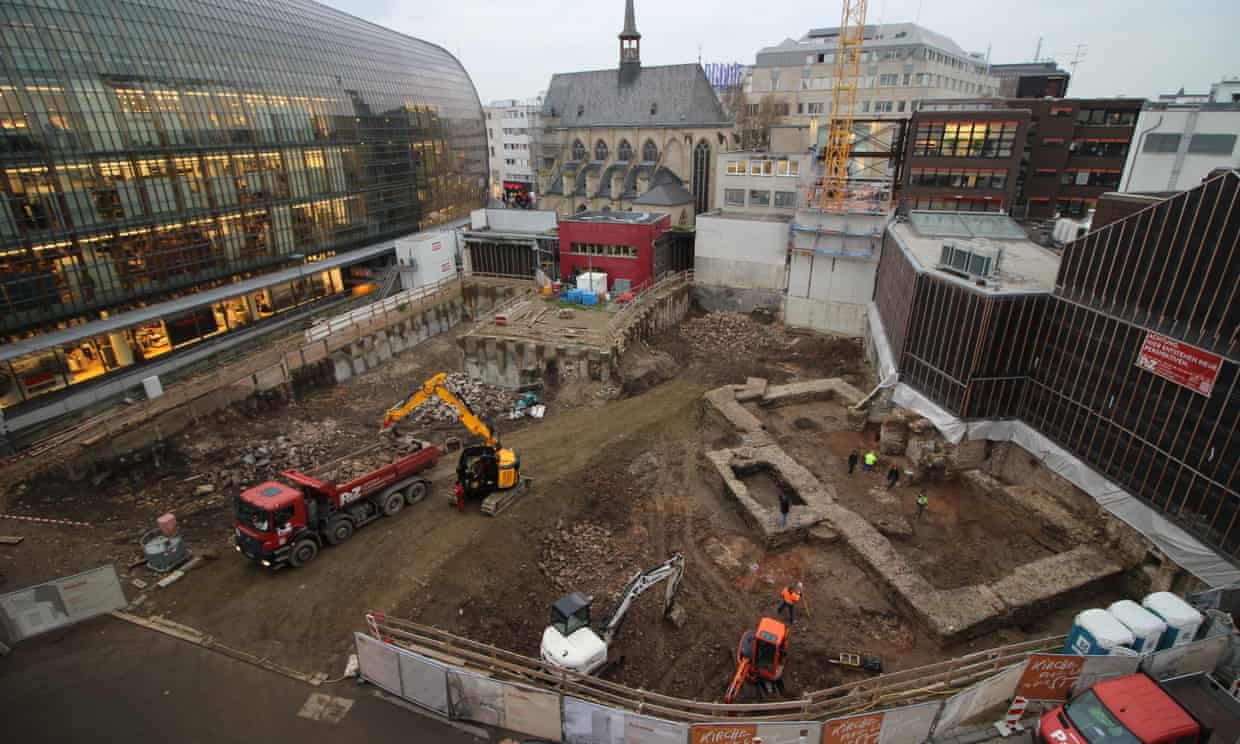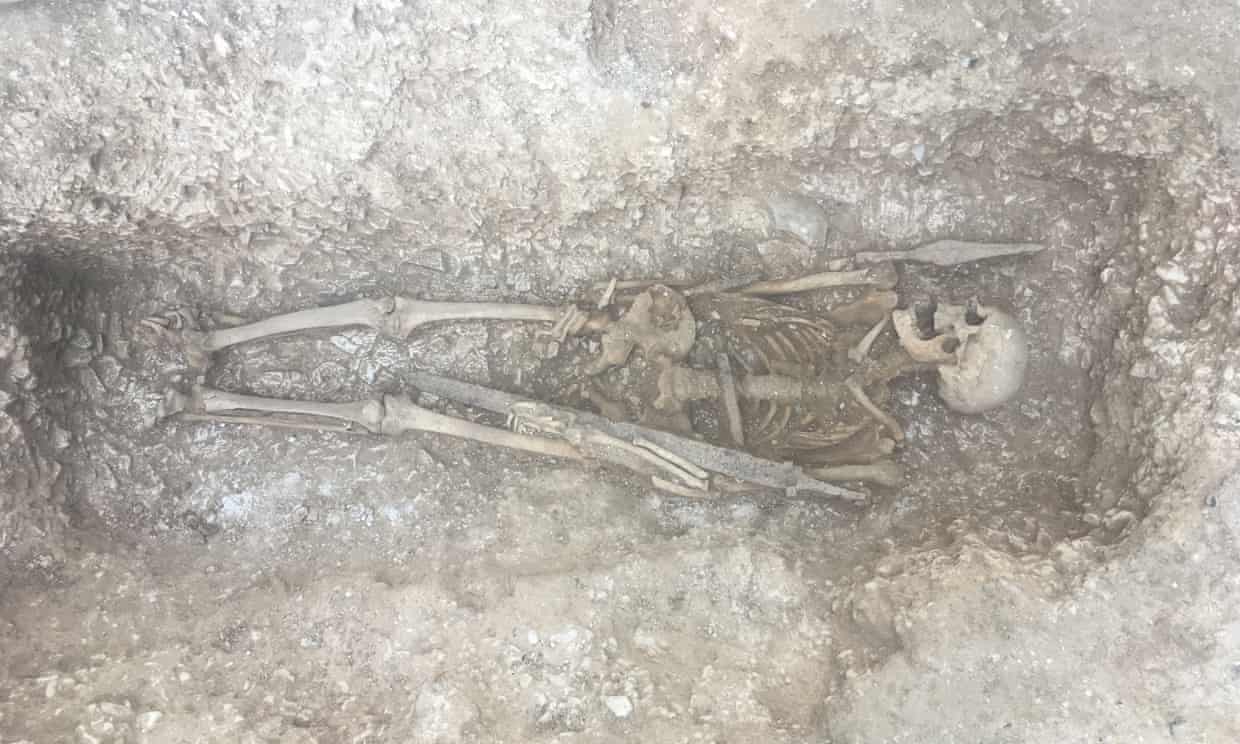Study Tour to Devon and Cornwall
Guide David Beard MA, FSA
29 October 2018 to 3 November 2018
The EMAS Autumn study tour this year will be to Devon and Cornwall – an area full of superb archaeological sites.
We will be based in Exeter, with its wonderful cathedral and interesting castle.
Sites that we will visit include Grimspound Prehistoric settlement, Cleeve Abbey, Hound Tor Deserted Medieval Village, The Anglo-Saxon Burh at Lydford, and Chysauster Iron Age Village.
The cost of this study tour is £644 per person in a single room and £544 per person sharing a twin room.
Please note, in order to be sure of booking hotel rooms, we must have confirmation by Monday, 10 September at the very latest.


















